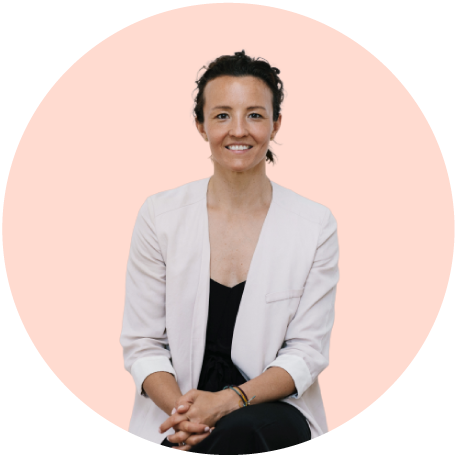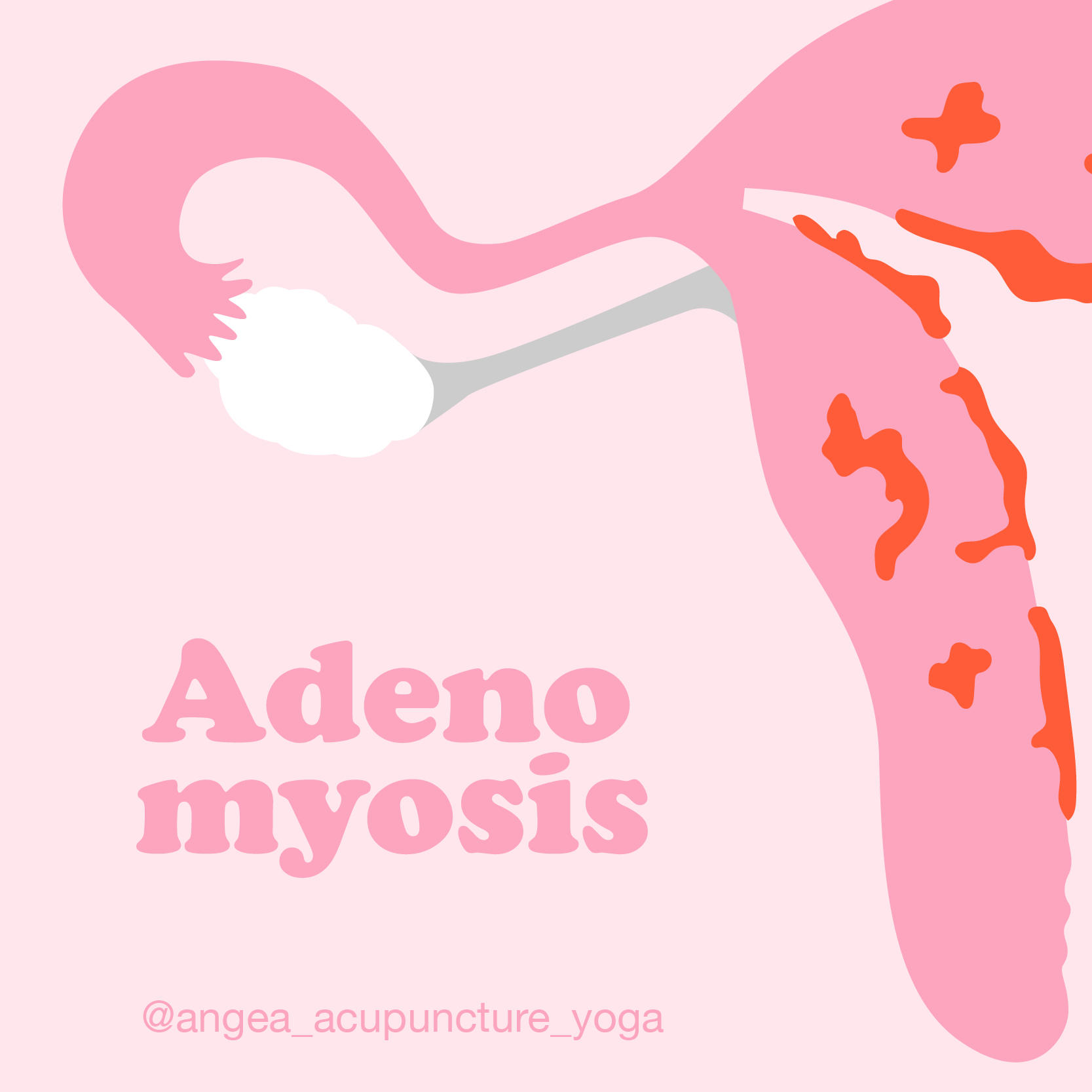Ladies, our uterus is highly intelligent! After researching more about Adenomyosis and the uterine function, I’ve discovered some pretty interesting research that I know you’ll appreciate.
The uterus is highly intelligent equipped with both a sympathetic (flight/fight) and parasympathetic (rest/digest) nervous system. This is super important when it comes to reproduction and birth but also for conditions such as endo and adeno.
➕ The sympathetic roots leave the spine at T10 & L2.
➕ The parasympathetic nerves originate from the sacral radix 2 to 4 to pass through the sacral plexus before entering the uterus at the cervical end.
The pelvic parasympathetic system plays a very important role in the physiology of myometrial activity and blood flow. Essentially, a relaxed uterus allows the blood flow, however this is governed by estrogen! (🔜 join me tomorrow night Part 2).
The Myometrium (muscle) of the uterus is composed of three separate layers of smooth muscle.
The interior layer = stratum suhvasculare
The middle layer = stratum vasculare
The exterior layer = stratum supravasculare
The middle layer is the thickest and contains lymphatic drainage (super important for draining the reproductive organs) and the venous plexuses that communicate with the network of veins around the uterus and rectum. The veins in the plexus work by transporting oxygen-depleted blood from the uterus back to the heart.
Due to the uterus being such a highly vascular organ, it needs functional blood vessels to keep the uterine tissue and muscles nourished with oxygen. The veins in the plexus also need to promote adequate blood circulation to help support the menstrual cycle, pregnancy and labour. When they are not draining properly it can lead to pelvic congestion and other issues, because TISSUES HAVE ISSUES.
When there is a breakdown of communication from cell to cell and nervous system it affects the interaction of specific receptors and nerve endings resulting in alterations in uterine innervation. Long term this results in uterine dysfunction, dysfunction of tissues, hormones, nerve fibres and Health of your pelvis.
To put into summary after reading many research articles, is that adenomyosis is a complex disease. There are multiple factors that contribute to its pathology. Adenomyosis is the presence of endometriotic tissue in the uterine muscle. The migration of tissue into the muscle layer still remains a topic of debate, secondly it is still not fully known how the role of the nervous system influences the innervation of uterine smooth muscle (myometrial activity).
Research highlights that Adenomyosis occurs via nerve secretory factors, inflammatory factors, Prostaglandin activity, uterine peristalsis, trauma, expression of estrogen and progesterone receptors, cell to cell communication and endocrine involvement (hormones).
This is where it becomes fascinating! Everything begins in-utero (embryonically) however, changes in communication via cell to cell or nervous system occur later in life. A glitch in the system begins to happen called (miscommuncation).
The different layers of the uterine wall originate from 2 different embryological sites. The interior layer of the myometrium originates forms the Müllerian ducts. At 6 weeks of gestation the Müllerian ducts form by invagination (the process of being turned inside out & folded back on self to form a pouch) and fusion of the epithelial lining of the coelom (intestinal canal). At 8 weeks the ducts grow to enter the pelvis where they swing and fuse before the 8th week. Following the fusion, the endometrium and a circular muscle layer develop to form what becomes the uterus and Fallopian tubes at 26 weeks. The non-Müllerian – middle layer (stratum vasculare) develops a mesh like layer and the exterior develops a longitudinally outer layer (stratum supravsculare). The inner layer (stratum subvasculare) is the only layer that changes frequency throughout the menstrual cycle. The outer layer is involved in contractions during birth.

Amanda is the founder of Angea and has over 12 years of experience working with women to support their health journey. In addition to being a registered doctor of Chinese medicine, Amanda is a yoga teacher and founder of Mindful Pregnancy Yoga Training. Amanda offers acupuncture, Chinese herbal medicine and womb healing treatments at Angea.

